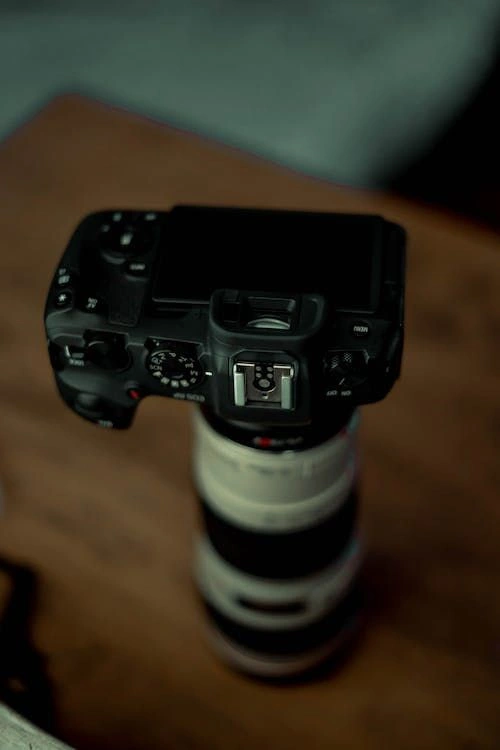Unleash Your Inner Auteur:
The heart of any great film lies not just in the story, but in the way it’s told. Cinema lenses, with their meticulously crafted optics and precise manual controls, offer cinematographers a level of artistry that simply can’t be replicated with the automation of many modern cameras. But mastering the dance between manual focus and iris control takes practice, understanding, and a love for the craft. So, let’s delve into the world of manual artistry and explore the key advantages that await:
Precision Focus Control:
- Racking Focus: Imagine a scene where the camera effortlessly glides from a character’s tear-filled eyes to a distant horizon. With manual focus, you paint the emotional arc of the shot, directing the audience’s attention with millimeter-perfect precision. No autofocus system can match the deliberate, intentional artistry of a skilled focus puller.
- Selective Focus: Create dreamy bokeh, where your subject stands out against a blur of background detail. By dialing in a shallow depth of field, you isolate the essence of the scene, drawing the viewer deeper into the character’s world.
- Anticipating Action: When shooting dynamic scenes with moving subjects, autofocus can struggle to keep up. Manual focus allows you to predict the subject’s movement and pre-focus on their intended path, ensuring every frame stays razor-sharp.
Mastering the Light:
- Consistent Exposure: Auto-iris adjustments can lead to jarring shifts in brightness, disrupting the visual flow of your film. Manual iris control empowers you to maintain consistent exposure regardless of changing lighting conditions, preserving the mood and tone of your scene.
- Creative Expression: Play with light and shadow, create vignettes, or dramatically expose highlights. Manipulating the iris becomes a creative tool, allowing you to shape the mood and guide the viewer’s emotional journey.
- Low-Light Magic: Autofocus often flounders in low-light situations. But with manual focus, you can embrace the beauty of darkness, pushing the limits of your camera’s sensitivity and capturing the subtle intricacies of a dimly lit scene.
Conclusion:
Cinema lenses, coupled with the skill of manual focus and iris control, transform the camera into an extension of your artistic vision. You become the conductor of light and emotion, crafting every frame with intention and precision. It’s a demanding, rewarding path, but for those who embrace the challenge, the results speak for themselves – films that resonate with a depth and beauty only achievable through manual mastery.
Q&A:
- Is manual focus difficult to learn? It requires practice and patience, but mastering the technique opens up a world of creative possibilities.
- Can’t autofocus achieve similar results? Autofocus can be fast and convenient, but it lacks the precision and intentionality of manual control.
- What kind of films benefit most from manual focus? Any genre can benefit, but dramas, period pieces, and artistic auteur films often rely heavily on its expressive power.








